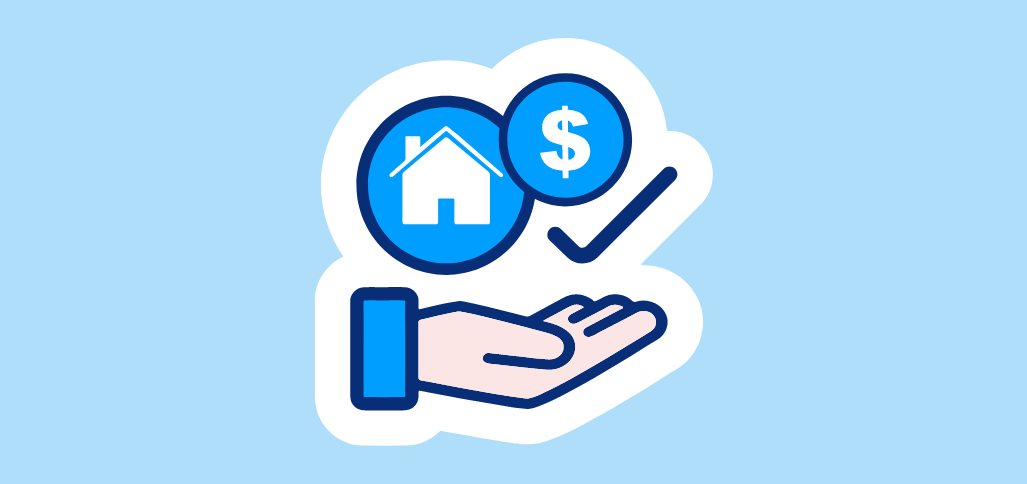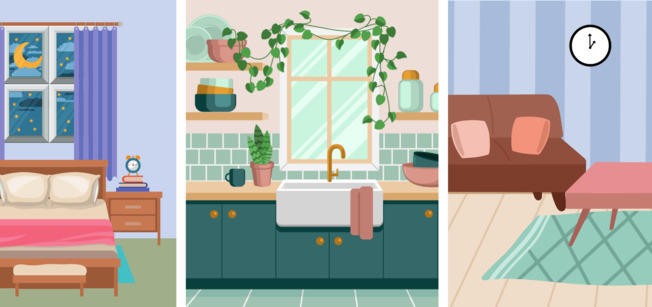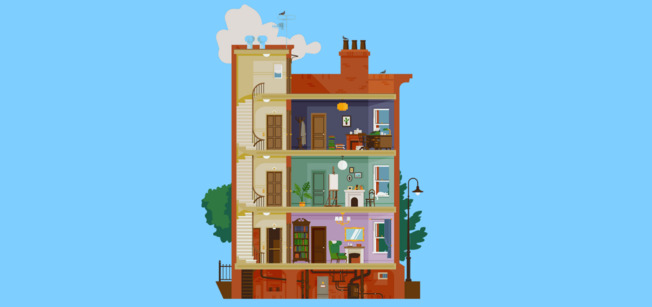
Your Top Affordable Housing Questions, Answered

By Lilly Milman
Jun 13, 2023
Finding an apartment within your budget can be stressful and may sometimes even feel impossible. The general guidance is to spend no more than 30% of your gross income on housing costs. But with high rent prices in most U.S. cities, that can be a challenge for many renters. The good news is that there are some programs that can help. If you are struggling to find a place to live within your price range, you may qualify for subsidized housing.
In this guide, we break down what affordable housing is, what your options are for affordable housing, how to find out if you qualify for affordable housing, how to find affordable housing in your area, and more.
What is affordable housing?
The U.S. Department of Housing and Urban Development (HUD), which is responsible for federal housing programs, defines affordable housing as housing that requires less than 30 percent of the occupant’s gross income for costs, including utilities.
What is the difference between subsidized housing, rent-controlled housing, and public housing?
There are a few programs created by the government that provide assistance to those who cannot afford the in an area. This is called subsidized housing, and it is meant to assist low-income households, the elderly, and people with disabilities with their housing needs.
What is subsidized housing?
The term subsidized housing refers to all federal, state, and local government assistance programs that reduce the cost of housing based on income to aid cost-burdened US residents. These low-income housing programs include: rent vouchers, public housing, and tax credits, among others.
What is rent control?
Rent control is a form of subsidized housing that restricts rent increases in an effort to create more affordable units for tenants. If an apartment is rent controlled, that means landlords cannot raise the rent for a tenant. It’s prohibited in most US states. Similar to rent control is rent stabilization, which means that rent increases are permitted but limited. Rent control and rent stabilization laws differ on the state and municipality levels. The National Multifamily Housing Council has created a map that tracks rent control laws by state.
What is public housing?
Public housing is a federal program established by the HUD to provide rental housing for low-income families, the elderly, and people with disabilities. receive aid from the government to manage public housing units.
What is Section 8 housing?
The Section 8 Rental Certificate Program is a form of subsidized housing that allows low-income households to choose to live in privately owned rental housing rather than public housing. Low-income families can apply to the program, and if approved, they can use the Section 8 housing choice vouchers that they receive to help pay their rent. Through the Section 8 program, the government pays landlords the difference between what a qualified low-income household can afford and the rent for the unit. Qualified households can use the vouchers in any rental unit where the landlord agrees to participate in the Section 8 voucher program.
Do I qualify for affordable housing programs?
HUD sets income limits to determine who is eligible to apply for federally subsidized housing. These income limits change each year based on area median income estimates and the fair market rent for different areas in the country. To find out if you meet the income requirements to apply for subsidized housing, use the HUD’s online tool. You may be qualified for different forms of subsidized housing based on income.
How do I find affordable housing?
After checking to see if your income meets requirements for subsidized housing using HUD’s online tool, you can then apply to a number of its subsidized housing programs. This will likely involve contacting your local housing authority. You can find the contact information for your local housing authority here. They can provide more information about public housing options, and can help you fill out an application for public housing — including Section 8.
Is there affordable housing in my area?
There are a few ways you can look for affordable housing in your area. HUD has an interactive, online tool where you can: find affordable housing opportunities, find a HUD office, find your local public housing authority, find homeless resources, and find affordable elderly and special needs housing near you. To access the interactive map tool, click here. For inquiries about public housing, contact your local housing authority.
The Bottom Line
Affordable housing can be difficult to find with rents increasing across the nation. If you are struggling to find an affordable unit that will not require more than 30% of your gross income, you may be qualified to apply for an affordable housing program or government housing subsidy. Eligibility is based on income, and income requirements can vary based on where you are located. If you are cost-burdened and in need of rental assistance, reach out to your local housing authority.
Top cities
Atlanta Apartments
1,958 apartments starting at $640/month
Austin Apartments
4,784 apartments starting at $625/month
Baltimore Apartments
1,258 apartments starting at $600/month
Boston Apartments
3,494 apartments starting at $425/month
Charlotte Apartments
2,941 apartments starting at $450/month
Chicago Apartments
4,411 apartments starting at $550/month
Dallas Apartments
5,459 apartments starting at $587/month
Fort Worth Apartments
2,263 apartments starting at $555/month
Houston Apartments
5,333 apartments starting at $495/month
Las Vegas Apartments
1,072 apartments starting at $695/month
Los Angeles Apartments
11,448 apartments starting at $625/month
Miami Apartments
523 apartments starting at $995/month
Milwaukee Apartments
889 apartments starting at $465/month
New York Apartments
4,509 apartments starting at $800/month
Oakland Apartments
652 apartments starting at $995/month
Orlando Apartments
829 apartments starting at $800/month
Philadelphia Apartments
3,081 apartments starting at $500/month
Phoenix Apartments
4,290 apartments starting at $500/month
Pittsburgh Apartments
946 apartments starting at $600/month
Portland Apartments
2,475 apartments starting at $599/month
Raleigh Apartments
1,364 apartments starting at $625/month
San Antonio Apartments
3,927 apartments starting at $468/month
San Diego Apartments
2,954 apartments starting at $650/month
San Francisco Apartments
594 apartments starting at $675/month
San Jose Apartments
455 apartments starting at $1,300/month
Seattle Apartments
3,573 apartments starting at $450/month
Tampa Apartments
1,153 apartments starting at $800/month
Washington DC Apartments
2,908 apartments starting at $936/month


